There are many factors to consider when choosing the right shoes for you. Do you want a leather or rubber sole? What kind of closure do you want? How high do you want the heel? One of the most important choices is what type of material your shoe’s sole is made from. Both – leather and rubber – have their own unique benefits and drawbacks, so it can be tough to decide which is right for you. This article will discuss the pros and cons of both types of soles so that you can make an informed decision about which type of shoe is best for you!
History of Outsoles
The first shoes were probably made from animal skins, with the leather attached to the bottom of the foot with laces or some other form of fastening. The leather was tough and provided good protection from the elements and from sharp objects that might injure the feet.
As time went on, people began to experiment with different materials for their shoes. Early attempts at making soles from rubber were not successful, as the rubber was too stiff and did not provide enough traction. It was not until 1839 that Charles Goodyear invented a process for vulcanizing rubber that made it possible to create soles that were both flexible and durable.
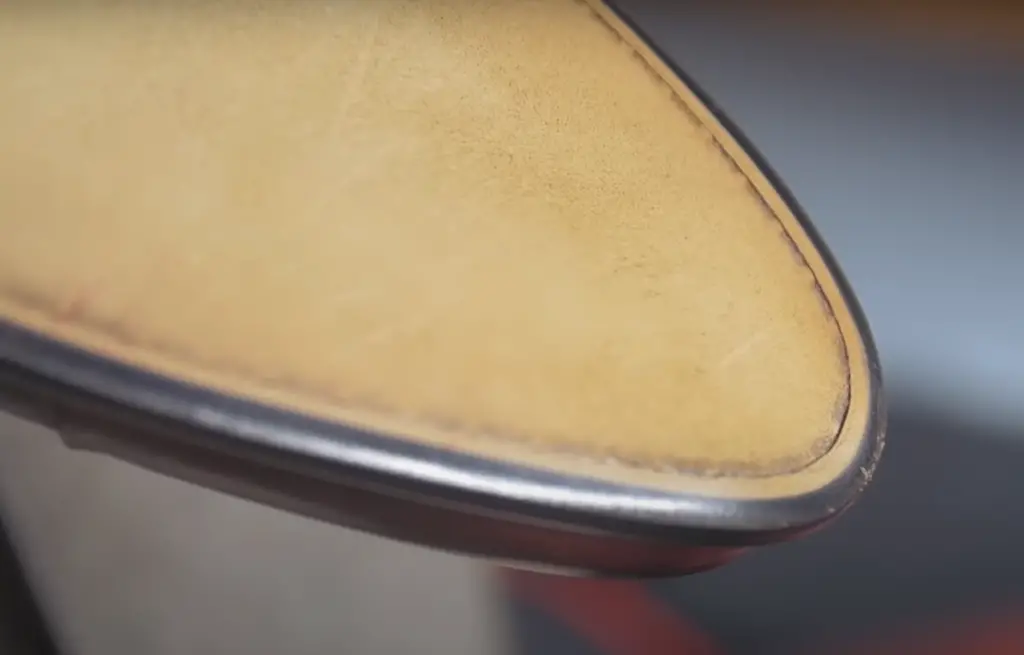
Today, most shoes have either a leather or rubber sole, although some shoes have a composite sole made from a combination of materials. Each type of sole has its advantages and disadvantages [1].
Types of Shoe Soles You Need to Know About
When you’re shopping for footwear, it’s important to know the difference between the various types of shoe soles. Depending on the material, construction, and intended use, each type of sole has its own distinct advantages and disadvantages.
Depending on the material, the soles can also be classified as natural or synthetic. Natural soles are made from materials that come from nature, like leather, while synthetic soles are man-made, usually from some kind of plastic or rubber.
Depending on the construction, soles can also be classified as stitched, molded, or cemented. Stitched soles are attached to the upper using thread and needle, while molded soles are shaped and formed around the upper. Cemented soles are glued to the upper using a bonding agent.
Finally, soles can also be classified according to their intended use. For example, there are soles designed for hiking and other outdoor activities, as well as soles designed for more formal occasions. The soles designed for specific activities will usually have different features to help you perform better in that activity. For example, hiking soles will often have a lugged pattern to provide better traction, while dress shoe soles will be more smooth and sleek.
Leather vs. Rubber, Which Is The Best Sole Material?
Comfort
When it comes to comfort, leather has the upper hand. Leather is a softer material than rubber, so it will conform more to the shape of your foot. This can make a big difference if you have any sort of foot condition that causes discomfort when walking, such as bunions or plantar fasciitis. However, the leather soles can be not so comfortable if you are going on uneven and hard surfaces for a long period. In this case, the rubber soles will be more comfortable as they will provide more cushioning and don’t let your foot be in direct contact with the ground.
Style
This one is a bit subjective, but in general, leather has a more formal look than rubber. If you’re looking for dress shoes or other footwear to wear with nicer clothes, leather is your best bet. That said, rubber soles can also be stylish. Vans and Converse sneakers have rubber soles, and they can definitely be considered stylish shoes. It really depends on the overall style of the shoe and how it’s designed.
Form and design
When it comes to form and design, there are a few key differences between leather and rubber soles. First, leather soles are usually thinner than rubber soles. This can make them look more refined and elegant, but it also means they won’t last as long. Leather is also a lot more difficult to repair than rubber if you happen to damage your shoes. On the other hand, rubber soles are thicker and more durable. They’re also easier to repair if they get damaged. The design of the shoe will also affect how it looks. A dress shoe with a leather sole will look different than a sneaker with a rubber sole, for example.
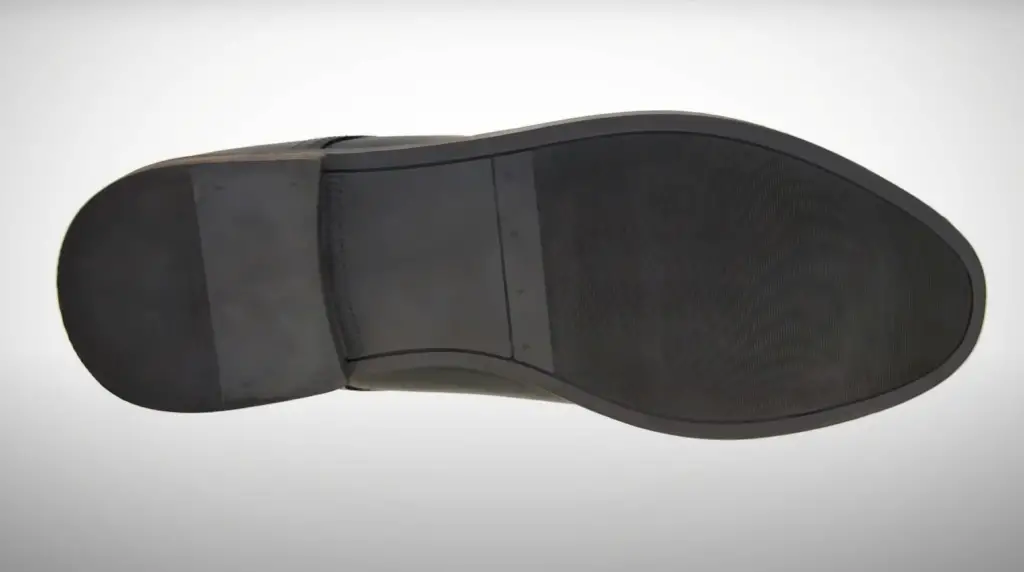
Grip/Traction
In terms of grip and traction, rubber has the advantage. Rubber is a more textured material than leather, so it will provide more traction on slippery surfaces. This can be helpful if you live in an area with a lot of snow or rain. Leather can also be textured for extra grip, but it’s not as effective as rubber. That is why rubber soles are usually used for shoes that are meant for sports or other activities where you need good traction, while leather soles are more common in dressier shoes.
Waterproofing
Another big difference between leather and rubber soles is waterproofing. Leather is a natural material, so it’s not waterproof. That means your feet will get wet if you step in a puddle or walk in the rain. Rubber, on the other hand, is waterproof. So, if you’re looking for shoes to wear in wet weather, rubber-soled shoes are a better option.
Durability
When it comes to durability, rubber is the clear winner. Rubber soles are much more resistant to wear and tear than leather soles. They can also handle being exposed to the elements better. Leather soles will eventually crack and peel if they’re exposed to too much sun or water. Rubber soles, on the other hand, will last much longer.
For example, rubber-soled shoes are a better choice for hiking or other activities where you’ll be walking on rough surfaces. Such soles can last from 12 months to several years, while leather soles will only last a year under the same conditions.
Cost
Leather is a more expensive material than rubber, so leather-soled shoes tend to be more expensive than rubber-soled shoes. That said, there are some cheaper leather-soled shoes on the market, and there are also some very expensive rubber-soled shoes. It really depends on the brand and the overall quality of the shoe.
For example, a pair of Nike sneakers with rubber soles will cost less than a pair of leather-soled dress shoes from a high-end designer.
Elegance/Formality
Leather has a more sophisticated look than rubber, so it is generally considered to be more formal. If you’re looking for dress shoes or other footwear to wear with nicer clothes, leather is your best bet. That said, some rubber-soled shoes can be considered stylish and elegant, such as certain types of sneakers. It really depends on the overall style of the shoe and how it’s designed. If you are going for a more formal look, leather soles are the way to go. If you’re looking for something more casual, rubber soles are a better option.
Weight and fit
On the other hand, rubber midsoles are more rigid and provide better support, making them a better choice for people who need extra stability.

Finally, leather soles tend to be less flexible than rubber or EVA soles. This can make them feel less comfortable and can cause problems if they have wide feet or high arches.
As for the fit, it all depends on the manufacturing process. The higher the number of layers in a sole, the more comfortable and better fitting it will be. For example, a three-layer insole will provide more support than a two-layer one. The rubber soles usually can have more layers than the leather. This is because they are easier to mold and shape during the manufacturing process. The more layers there are, the better the sole will be at molding to the contours of your foot, providing a more comfortable and customized fit.
Type of Material
There are special types of leather that are used for soles. The most common ones are chrome-tanned leather and vegetable-tanned leather. Chrome-tanned leather is made by using chromium salts, which makes it more durable and resistant to water. It’s a good choice for dress shoes or other formal footwear that you want to keep in good condition for a long time.
Rubber soles can be made from either synthetic rubber or natural rubber. Synthetic rubber is made from petroleum products, while natural rubber is made from latex, which comes from trees. Natural rubber is more expensive and environmentally friendly, but it’s not as durable as synthetic rubber [2].
Pros and cons of Leather Soles
Leather soles have been used for centuries on all sorts of footwear, from fine dress shoes to heavy work boots. They offer a few key advantages:
- Leather is a natural material that is durable and long-lasting. With proper care, leather soles can last for many years;
- Leather provides good traction and is slip-resistant, making it ideal for wet or icy conditions;
- Leather is a breathable material, so it helps keep your feet comfortable and dry;
- Leather soles can be resoled or repaired easily if they become damaged;
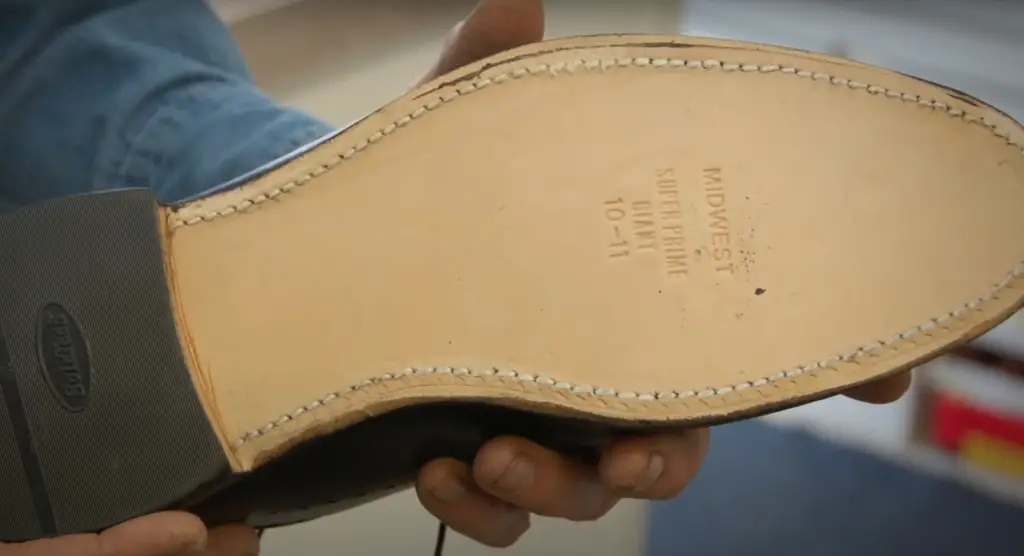
However, there are also a few potential disadvantages to leather soles:
- They can be more expensive than rubber or synthetic soles;
- They may require more care and maintenance than other types of soles;
- They can be slippery on smooth, dry surfaces;
Pros and Cons of Rubber Soles
Rubber soles have become increasingly popular in recent years, thanks to their many advantages:
- Rubber is a durable and long-lasting material that can withstand heavy wear and tear;
- Rubber provides excellent traction and is slip-resistant, making it ideal for wet or icy conditions;
- Rubber is a waterproof material, so it helps keep your feet dry in wet weather;
- Rubber soles are often less expensive than leather soles;
- They require little or no maintenance;
However, rubber soles also have a few disadvantages:
- They can be slippery on smooth surfaces such as hardwood floors;
- They can be more difficult to re-sole than leather soles;
- They are not as breathable as leather soles, so they may cause your feet to sweat more in warm weather;
- Rubber soles may make a scuffing noise on some floor surfaces;
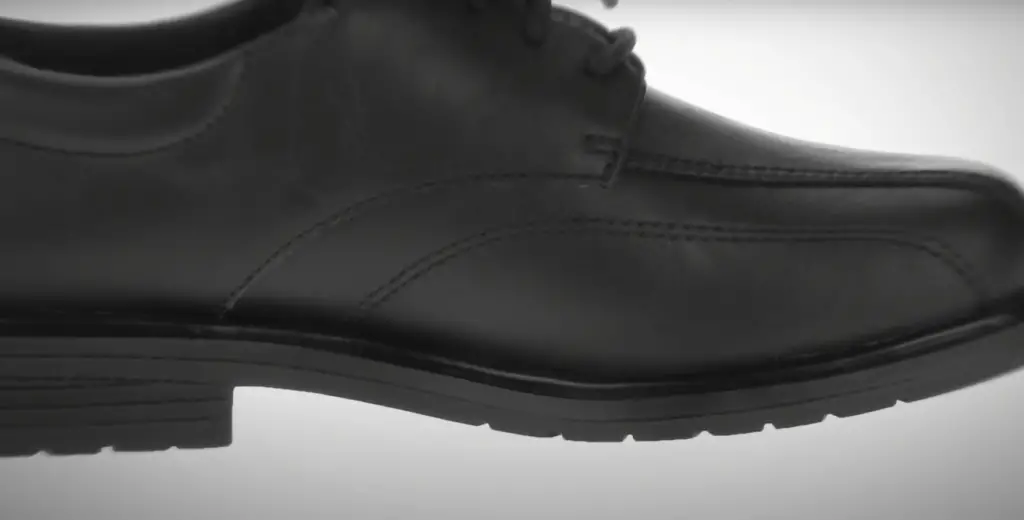
Possible Damages of Shoe Soles and Ways to Repair Them
Soles are the bottom part of a shoe that comes into contact with the ground. They can be made from different materials, including leather and rubber. Each type of sole has its own advantages and disadvantages.
Leather soles are considered to be more durable than rubber soles. However, they are also more expensive. They can also be damaged by water and other liquids more easily than rubber soles.
Rubber soles are less expensive than leather soles, but they are not as durable. Rubber soles can also be damaged by heat more easily than leather soles.
There are a few ways to repair damage to shoe soles. For leather soles, you can try using shoe polish or leather conditioner. To do this, simply apply the polish or conditioner to the damaged area and rub it in with a soft cloth. For rubber soles, you can try using rubber cement. Simply apply the cement to the damaged area and allow it to dry. Once it is dry, you can trim off any excess with a sharp knife.
For rubber soles, you should use a rubber patch kit that consists of a rubber sheet and adhesive. This will help to prevent further damage to the sole and extend its life. In general, if your soles have problems, it is best to take them to a professional cobbler or shoe repair shop [3].
How to choose the right shoes with the right soles?
It is not an easy task to pick the right shoes, regardless of the occasion. Even more difficult is to find shoes that will be comfortable and will last long. An important factor in this decision is the type of sole that the shoe has.
Leather soles have been around for centuries. They are durable and provide good traction on various surfaces. However, they are also quite expensive and require regular maintenance. Rubber soles, on the other hand, are much cheaper and easier to care for. They are also lighter and more flexible than leather soles. However, they don’t last as long and don’t provide as much traction.
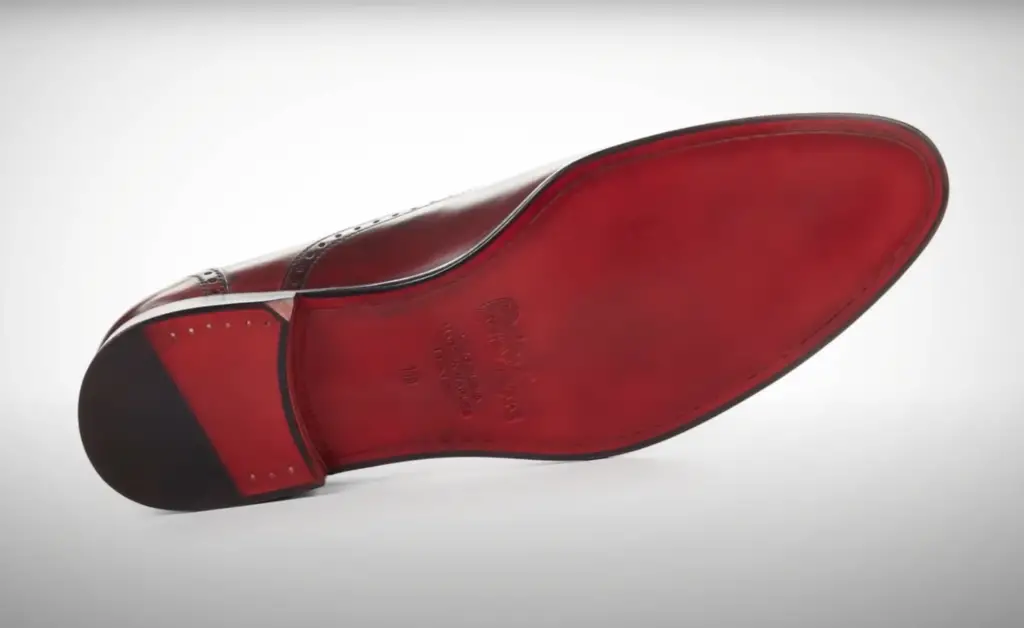
The leather soles are typical for dress shoes, while the rubber ones are more often used for casual and sports shoes. If you need a pair of shoes for an important occasion, then you should go with leather soles. However, if you are looking for a pair of comfortable and affordable shoes for everyday use, then rubber soles are a better choice.
The heels are also an important factor to consider when choosing shoes. High heels can make your legs look longer and make you appear more confident. However, they can also be quite uncomfortable and even dangerous if you are not used to walking in them. Low heels are much more comfortable but might not give you the same elegant look as high heels. The heels are made of either rubber or leather. Rubber heels are usually found on casual shoes, while leather heels are more common on dress shoes.
The type of closure is also an important factor to consider when choosing shoes. The most common types of closures are laces, Velcro, and slipons. Laces provide a good fit but can be quite difficult to tie. Velcro is much easier to use but might not provide as secure a fit as laces. Slipons are the easiest to use but might not stay on your feet as well as laces or Velcro.
How to maintain the soles?
Everyone wants his or her shoes to last a long time. So, you should take care of your shoes and their soles properly. Not only the quality of the materials but also how you use them matters. For leather soles, you need to regularly polish and waterproof them. You can use a shoe cream or polish and then a good wax-based protector. To use these remedies, you should first clean the shoes with a damp cloth. Then, apply the cream or polish with a clean, soft cloth in a circular motion. Let it dry and then buff it with a brush for a high shine [4].
For rubber soles, you can use a cleaner made specifically for rubber. These usually come in aerosol sprays and will say “rubber sole cleaner” on the label. You can also use dish soap or hand soap as an alternative in a pinch. First, make sure your shoes are free of any dirt or debris. Next, wet the soles and add some soap to create suds. Rub the soles together using your fingers or a soft-bristled brush to work the soap into the rubber. Rinse the shoes with clean water and dry them completely before wearing them. It is important to note that you should never use harsh chemicals or cleaners on your shoes, as this can damage the materials.
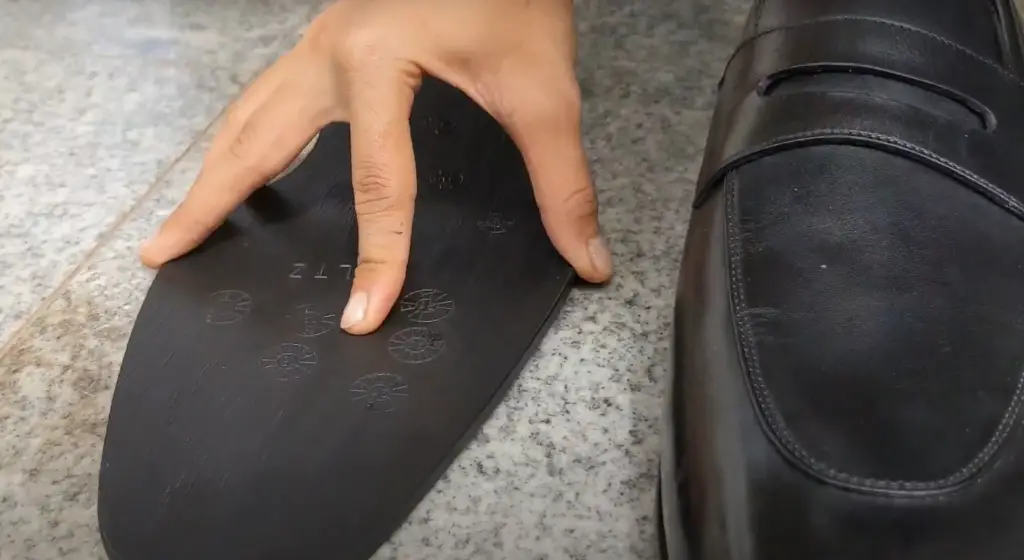
If you live in an area with lots of snow, you may want to put rubbing alcohol on the soles before you go outside to prevent slipping. This remedy should only be used as a last resort, however, as rubbing alcohol can damage the rubber.
What other types of soles can be used for shoe production?
While leather and rubber are the most popular choices for shoe soles, other materials can be used as well. These include PVC, PU, TPR, and even wood. Each of these has different benefits and drawbacks that make them more or less suitable for different purposes.
PVC is a type of plastic that is frequently used in shoe soles. It is durable and has high abrasion resistance, making it ideal for shoes that will see a lot of wear and tear. However, PVC can be difficult to work with and is not as flexible as other materials, which can make it uncomfortable to wear for long periods of time.
PU, or polyurethane, is another type of plastic that is often used in shoe soles. It is softer and more flexible than PVC, making it more comfortable to wear. PU also has good abrasion resistance and is easy to work with, making it a good choice for a variety of shoes.
TPR, or thermoplastic rubber, is a type of rubber that can be used in shoe soles. It is more durable than regular rubber and has good abrasion resistance. However, TPR can be difficult to work with and is not as flexible as other materials, which can make it uncomfortable to wear for long periods of time.
Wooden soles are not as common as other materials, but they can be used for certain types of shoes. Wood is durable and has good abrasion resistance. However, wood is not as flexible as other materials and can be difficult to work with.
There are a few things to keep in mind when choosing a sole material for your shoes. First, consider the type of shoe you are making and the purpose it will serve. Second, think about the comfort of the wearer and how important flexibility is. Finally, take into account the durability and abrasion resistance of the material. With these factors in mind, you can choose the best sole material for your needs [5].
FAQ
Is a rubber sole better than a leather sole?
The answer to this question depends on what you’re looking for in a shoe. If you’re looking for something that’s more durable, then a rubber sole is the way to go. Rubber soles are also typically more slip-resistant than leather soles. On the other hand, if you’re looking for a more stylish shoe, then a leather sole is the better option. Leather soles also tend to be more comfortable than rubber soles.
Which type of sole material is best?
The best type of sole material really depends on your needs. If you’re looking for a durable shoe, then rubber is the way to go. If you’re looking for a more stylish shoe, then leather is the better option. However, you can also consider other materials such as EVA or PVC. These materials are often used in high-end shoes and offer a variety of benefits.
What are the benefits of rubber soles?
Rubber soles are more durable than leather soles and can last longer with proper care. They’re also typically more slip-resistant, making them a good choice for those who work in hazardous environments or who live in areas with lots of ice and snow. Rubber soles are also usually less expensive than leather soles.
How long do leather and rubber soles last?
Leather and rubber soles both have their own lifespan. Leather soles typically last longer than rubber soles, but they require more care. Rubber soles are usually less expensive than leather soles, but they don’t last as long. You’ll need to decide which type of sole is right for you based on your needs and budget. On average, the rubber sole can last for around 3 to 4 years, while the leather sole can last for around 1 to 2 years.
How can I extend the life of my soles?
There are a few things you can do to extend the life of your soles. First, you can avoid wearing them in wet or icy conditions. Second, you can clean and polish them regularly. Third, you can invest in a good pair of shoe trees. Shoe trees help absorb moisture and keep the shape of your shoes. Finally, you can store your shoes in a cool, dry place.
Do leather or rubber soles need to be broken in?
Leather and rubber soles both need to be broken in before they’re comfortable. Breaking in your shoes helps the material mold to your feet and makes them more comfortable to walk in. To break in your shoes, you can wear them around the house or for short walks. You can also try using a shoe stretcher to help stretch out the material.
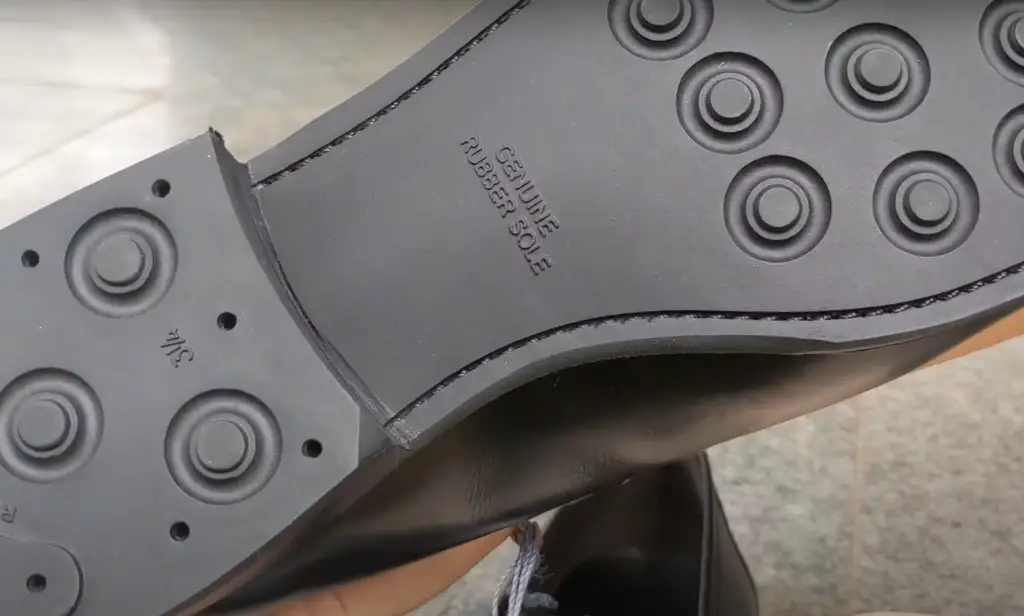
What sole makes noise?
Both leather and rubber soles can make noise when you walk. However, rubber soles tend to be quieter than leather soles. If you’re looking for a quiet shoe, then you may want to consider rubber over leather. To make the noise lower, you can also try wearing socks or using noise-canceling insulation.
How do I clean my soles?
You can clean your soles with a damp cloth and mild soap. You can also use a shoe brush to remove any dirt or debris. If your soles are made of leather, you can use a leather conditioner to keep them soft and supple. Rubber soles can be cleaned with a rubber cleaner. You can also use white vinegar to clean rubber soles.
Can I wear my leather shoes in the rain?
You can wear your leather shoes in the rain, but you should avoid getting them wet. Wet leather can damage the material and cause it to rot. If you must walk in the rain, try to stay on dry surfaces as much as possible. You can also use a waterproofing spray to help protect your shoes.
Can I wear my rubber shoes in the snow?
Rubber soles are typically more slip-resistant than leather soles, making them a good choice for those who live in areas with lots of ice and snow. However, you should still be careful when walking on slippery surfaces. To avoid slipping, try to walk on dry surfaces as much as possible. You can also use a traction device such as spikes or crampons to help improve your grip.
Useful Video: Leather Vs Rubber Sole Shoes | Which Shoe Soles Are Better?
Conclusion
Leather and rubber soles on your shoes each have their own benefits and drawbacks. When it comes to choosing between leather and rubber soles for your shoes, it ultimately comes down to personal preference. Leather soles offer a classic look, but rubber soles are more durable and offer better traction. As for durability and grip, rubber soles are the clear winner. But if you’re looking for a more stylish option, leather soles might be the way to go.
References:
- https://www.liveabout.com/shoe-glossary-outsole-2987684
- https://threadcurve.com/leather-vs-rubber-soles/
- https://www.wikihow.com/Repair-a-Shoe-Sole
- https://www.berluti.com/en-us/how-to-care-for-leather-soles/
- https://www.hoodmwr.com/shoe-sole-materials/


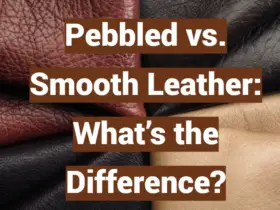

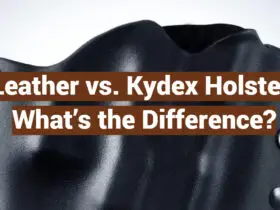


Leave a Reply